Copyright 2015 by Autumn Skoczen All Rights Reserved. No part of this book may be reproduced in any manner without the express written consent of the publisher, except in the case of brief excerpts in critical reviews or articles. All inquiries should be addressed to Skyhorse Publishing, 307 West 36th Street, 11th Floor, New York, NY 10018. Skyhorse Publishing books may be purchased in bulk at special discounts for sales promotion, corporate gifts, fund-raising, or educational purposes. Special editions can also be created to specifications. For details, contact the Special Sales Department, Skyhorse Publishing, 307 West 36th Street, 11th Floor, New York, NY 10018 or .
Skyhorse and Skyhorse Publishing are registered trademarks of Skyhorse Publishing, Inc., a Delaware corporation. www.skyhorsepublishing.com 10 9 8 7 6 5 4 3 2 1 Library of Congress Cataloging-in-Publication Data is available on file. Cover design by Sarah Brody Cover photo Larry Skoczen Print ISBN: 978-1-63220-692-3 Ebook ISBN: 978-1-63220-993-1 Printed in China Contents Introduction T he idea of putting alcohol into baked goods is nothing new. In fact, cultures have been merging the two together for decades; one example is rum cake. What is new is the manipulation of alcohol into sugary goods that crosses the lines between safe and sober. Traditionally, alcohol is used in the cooking or baking process prior to adding heat.
That means when the temperature rises, the actual alcohol content evaporates and you are left with the gentle fragrance and taste of what was once intoxicating. This way, those under the legal age limit for alcohol consumption can enjoy the dessert, but adults might still want the effects of alcohol in their sweets, and thats where our story begins... Who wants to eat a cupcake where the alcohol was baked out, or whose flamb seared off their eyebrows along with their liquor? There is no point in being an adult if you cant indulge in all the things we worked so hard to enjoy... After all, we did have to wait an agonizing twenty-one years before being legally allowed to even taste the stuff! In this book, we take the liquor out of the martini glass and put it into all its different forms so that we can enjoy every last drop. I will teach you simple tricks, give you creative ideas, and offer lots of guidance so that you can easily recreate these recipes in your own home. 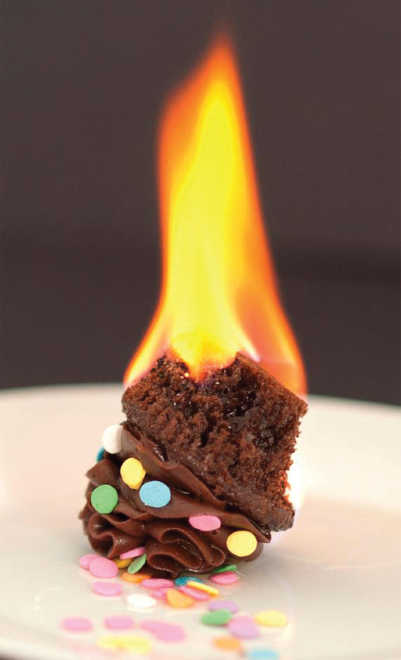 The Basics of Baking with Alcohol Y ou cant cook with your favorite bottle of liquor without first knowing the facts.
The Basics of Baking with Alcohol Y ou cant cook with your favorite bottle of liquor without first knowing the facts.  The Basics of Baking with Alcohol Y ou cant cook with your favorite bottle of liquor without first knowing the facts.
The Basics of Baking with Alcohol Y ou cant cook with your favorite bottle of liquor without first knowing the facts.
A great rule of thumb is that if you run into a snag, come back to this portion and re-read it. You will most likely figure out your mistake. Rule #1: Never add heat to your alcoholic confection! Alcohol starts to boil at 172F, but it will start to evaporate the minute it hits a heat source that is less than 20F below the boiling point. In fact, alcohol begins to evaporate the minute it meets air, just like water except a little bit faster. There are a few variables that will affect the rate of evaporation including, airflow, temperature (humidity levels), and exposed surface area. An open bottle of liquor on your counter wont evaporate as quickly as it would if it was poured onto a baking sheet.
Likewise, dry air will also speed up the process as opposed to more humid conditions. And if you put a flame to it, youll say good-bye to that alcohol quicker than you can say I need another cocktail! Depending on who you talk to, some may argue that cooking alcohol still doesnt burn off all the alcohol content completely. While this may be true to some sort of scientific extent, there will still be more alcohol in your vanilla extract than there will be left in your dessert. Besides, when it comes down to it, it doesnt take a scientist to be able to detect that there really is or isnt alcohol left in your dessert... So lets just leave that argument for the tastebuds to decide. the hell with all that! So that is how I developed rule number one. the hell with all that! So that is how I developed rule number one.
Rule #2: Stick with what you like. You will be much happier with the outcome. We will also get into all the different varieties and forms of alcohol. We have: Liquor Liqueurs Wine Beer Actually, if you talked to a pro, they would tell you there are only three classifications: beer, wine, and spirit, but the only thing we are professional at is the consumption so we can veer a bit on this one, right? I like to break it down into categories because sugar and water are the biggest differences in these categories and those two ingredients just so happen to be big players in the world of baking. Lets go over the literal definitions: Liquor: Hard liquor, or spirit, is an alcoholic beverage that is produced by distillation of a mixture produced by alcoholic fermentation. (The higher the alcohol content, the harder the spirit.) Liqueurs: An alcoholic beverage made from a distilled spirit that is flavored with fruits, herbs, spices, creams, flowers, or nuts, and bottled with added sugar or another sweetener.(Not to be confused with the growing popularity of flavored spirits, like marshmallow vodka.
Its a common misconception that the greatest difference is in the alcohol content, but you can find liqueurs upwards of 55 proof. The rule of thumb in distinguishing between the two is that liqueurs are syrupy in consistency and often too sweet or concentrated to drink straight up, not that that has stopped anybody from trying, but liqueurs are typically meant to be mixed with other alcoholic liquids.) Wine: An alcoholic beverage made from the natural fermentation of grapes or other fruits. (I know, I just said that liquor is an alcoholic beverage created by fermentation, but liquors are distilled, and wines and beers are not, and unlike liqueurs, which can still produce a pretty high alcohol content, wine and beer are typically less than 10 percent alcohol by volume.) Beer: An alcoholic beverage produced by saccharification of starch and fermentation of sugar. (Dont be embarrassed... my spell check didnt even know what saccharification was until I added it to my dictionary. Its when a carbohydrate is broken down into its component sugar molecule by hydrolysis.
You know, like sucrose being broken down into glucose and fructose.) I dont feel its necessary to go into great detail about the fruits, vegetables, and grains that are used to make alcohol, but its certainly something you will want to research, especially if you are working with a gluten-free diet, and for sugar-free desserts as well. Here is a brief rundown of the most popular ingredients used to make some of your favorite beverages: Barley Rye Corn Wheat Rice Grapes Apples Pears Plums Bananas Ginger Potatoes Sugar Cane Honey Milk Sugar It will save you lots of time and money to choose one or two of your favorite alcohols and stick with them during each round of baking. There are just some things that dont go well together, and if you dont care for beer out of a can, you most likely wont like it in a cupcake. Rule #3: Alcohol burns sugar (though you will still taste the sugar). So find a happy medium if you plan on exploring new confections. You will need to understand how sugar and alcohol react together.

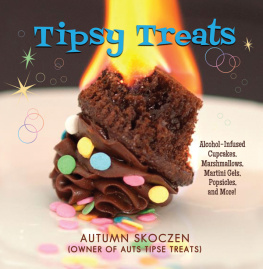
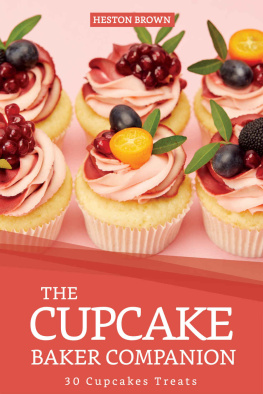

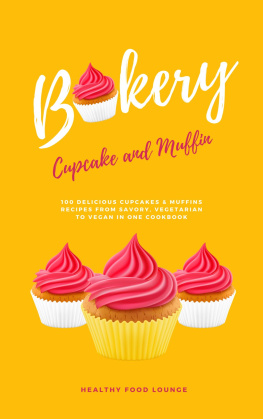
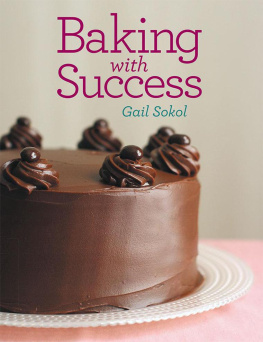
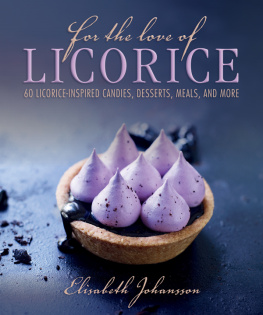

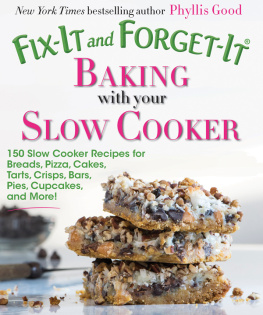
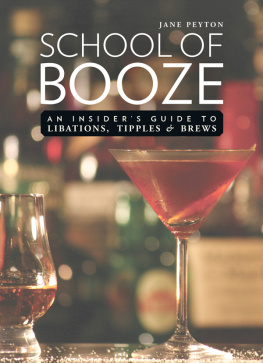
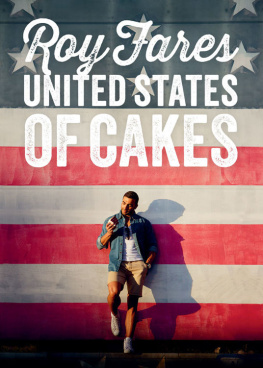
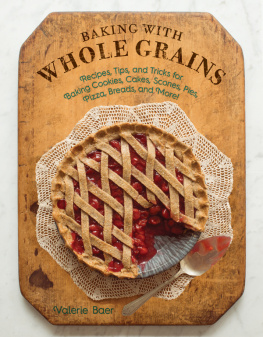
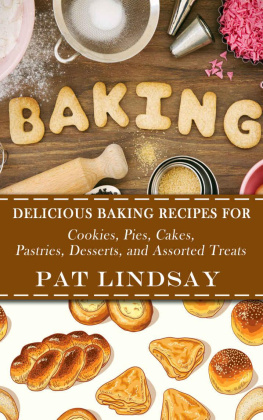

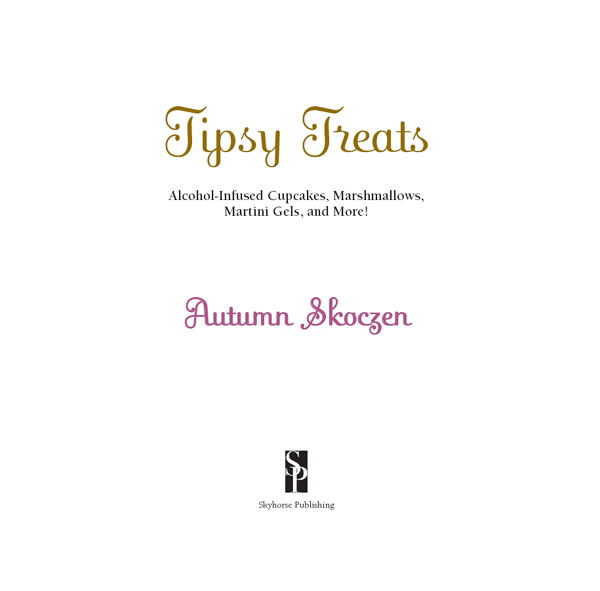
 The Basics of Baking with Alcohol Y ou cant cook with your favorite bottle of liquor without first knowing the facts.
The Basics of Baking with Alcohol Y ou cant cook with your favorite bottle of liquor without first knowing the facts.